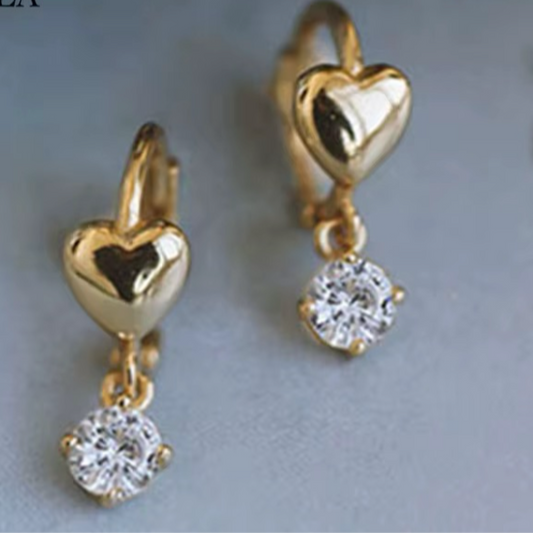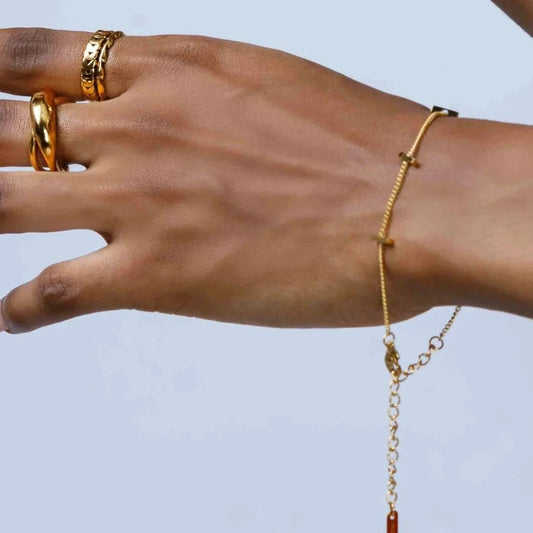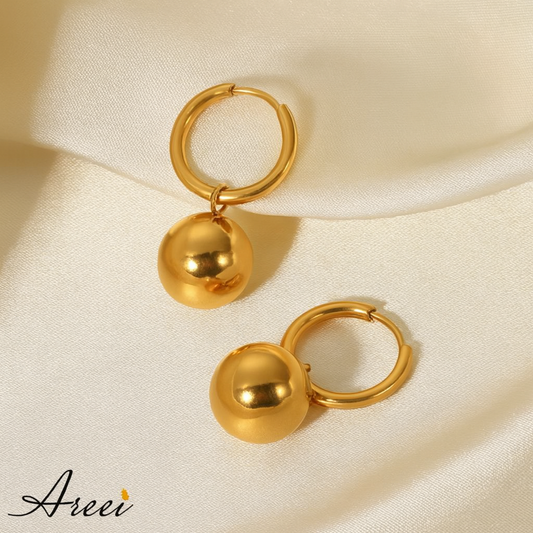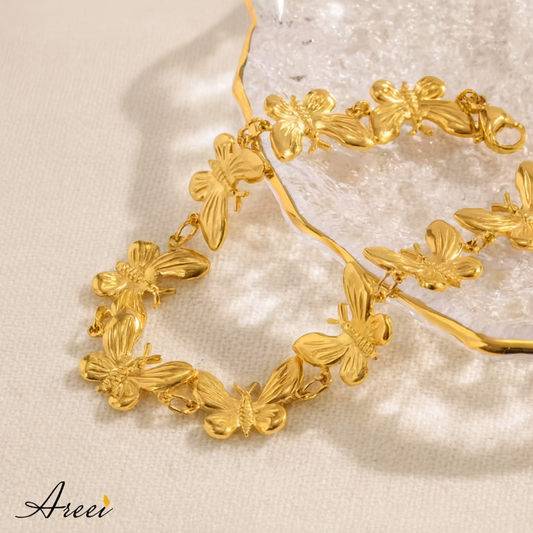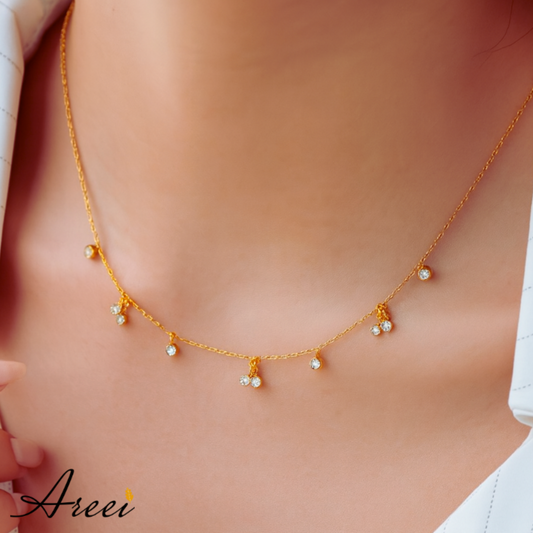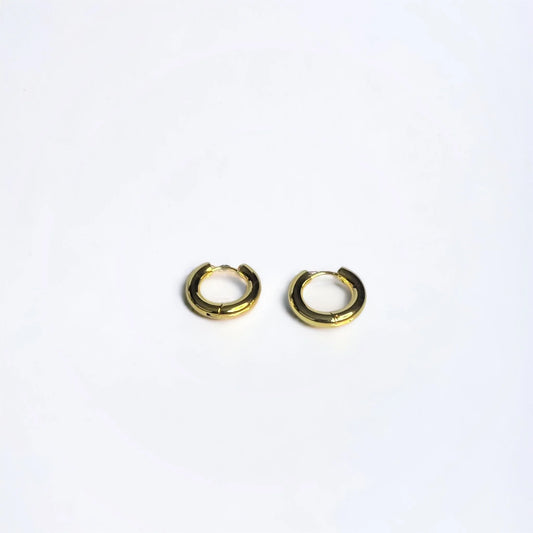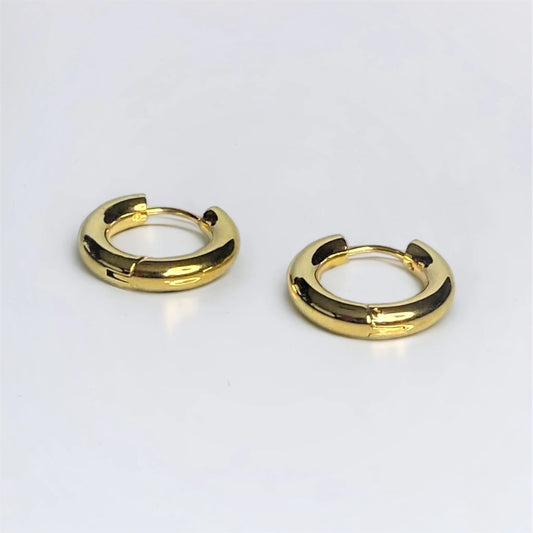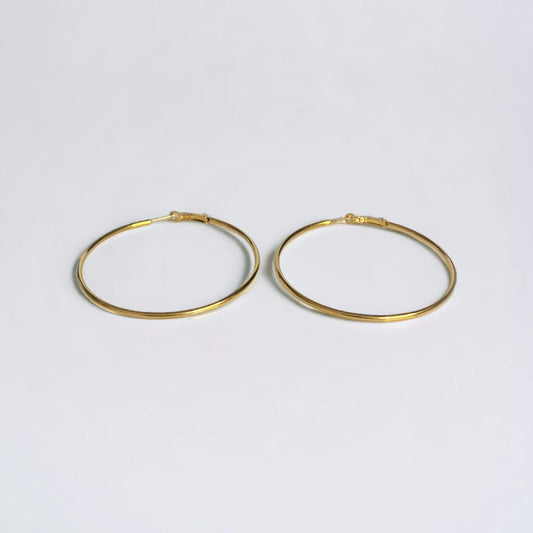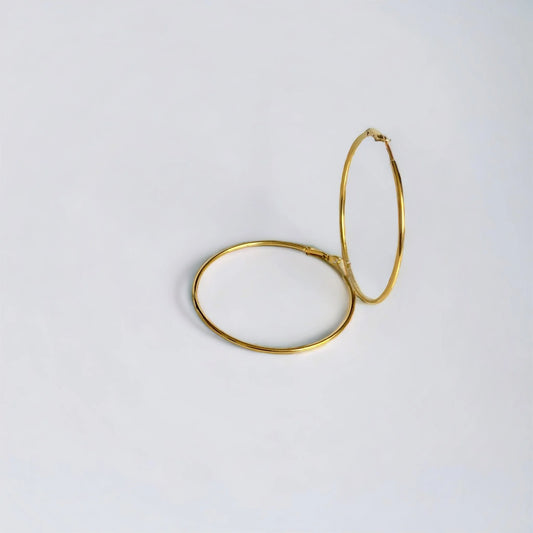The question of whether men should be allowed to wear feminine jewellery is one that has been around for a long time; at the core of it is a reflection of societal norms and the ever-evolving fashion trends. Jewellery has been for centuries a means of self-expression, reflection of social status, and one's cultural identity, going beyond gender boundaries. Yet, the strict classification of accessories into "masculine" and "feminine" categories remains a topic of discussion.
Breaking the Gender Mold in Fashion
Historically, men wearing elaborate jewellery was not something that was frowned upon; it was even encouraged. From ancient Egyptian pharaohs who adorned themselves with various gold and gemstones as befitting their title to European Renaissance and aristocratic men who wore pearl necklaces, diamond brooches, and intricate rings as a symbol of their great wealth and status. However, in the modern day, the 20th and 21st centuries, there has been a stark division in fashion. Jewellery has become primarily associated with femininity, although men's jewellery is a thing, but compared to female jewellery, they are often more understated.
Today, the landscape of fashion is shifting or has shifted. Designers and celebrities are challenging traditional norms and breaking the gender boundary. Various actors and musicians have embraced pearls, earrings, and delicate rings, blurring the lines of what is deemed to be "masculine" and "feminine."
The Freedom of Self-Expression
At the base level, fashion should be a form of self-expression rather than a strict societal code, and creating rules on who should wear what denies people not just the ability to express themselves but also the ability to wear what makes them feel confident and stylish. Jewellery does not possess a particular gender; rather, it is us individuals that assign meaning to accessories based on our preconceived notions.
However, outside the Western world, various cultures have long embraced jewellery for men without any controversy. Indian men traditionally wear gold chains and rings, African tribes also wear beads and metalwork into their attire, and Japanese history also showcases men adorned in delicate hair ornaments and lacquered accessories. To restrict jewellery based on outdated gender norms disregards these cultural perspectives.
These preconceptions usually come from relatively recent developments and marketing decisions rather than any fundamental truth about these embellishments. Let us examine jewellery at its true essence, and in doing that, we see that these objects, which are finely crafted from various natural resources like metals, stones, pearls, and other organic materials, carry no inherent gender characteristics. The artificial division of these elements into "masculine" and "feminine" categories reflects our cultural conditioning rather than a natural order, imposing limitations that serve no purpose beyond reinforcing baseless boundaries.
Challenging Gender Stereotypes
Some people argue that men wearing traditionally feminine jewellery could weaken masculinity, but this argument is baseless. If your masculinity can be so easily threatened by these aesthetic choices, then the masculinity we are referring to is different from what you’re talking about. There are other things to define a person, like strength, confidence, and authenticity. These are just a few things that can define a person, and there are a whole lot more, but a person shouldn’t be defined based on their choice of accessories.
Men should not only be allowed but encouraged to wear any jewellery that resonates with them, be it feminine or not. The evolution of fashion has embraced inclusivity, allowing men, women, and all individuals to freely express themselves without fear of judgment. As we move toward a more progressive and accepting era, it is time to let go of outdated norms and appreciate jewellery as an art form—one that knows no gender.
In conclusion, the question of whether men should wear feminine jewellery answers itself at the end of the day because we realise that categorising jewellery by gender serves no meaningful purpose. If we truly value individual liberty and personal expression, we must extend these freedoms to all aspects of life, including fashion choices. When we free people from these arbitrary aesthetic restrictions, we don't diminish masculinity and femininity; instead, we enrich it by allowing for greater authenticity and self-determination. So when you see someone wearing so-called feminine or masculine jewellery, don't make them feel misunderstood. Instead, allow them to express themselves in a way they’re comfortable with and allow them to wear what they like.


